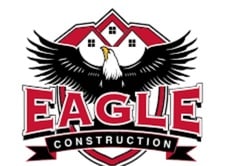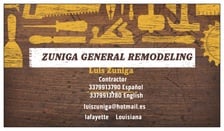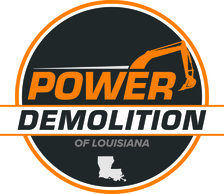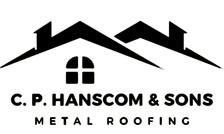
Get matched with top roof ice and snow removal pros in Abbeville, LA
Enter your zip and get matched with up to 5 pros
Need a pro for your roof ice and snow removal project in Abbeville, LA?
Verified Reviews for Roof Ice And Snow Removal pros in Abbeville, LA
*The Angi rating for Roof Ice And Snow Removal companies in Abbeville, LA is a rating based on verified reviews from our community of homeowners who have used these pros to meet their Roof Ice And Snow Removal needs.
*The HomeAdvisor rating for Roof Ice And Snow Removal companies in Abbeville, LA is a rating based on verified reviews from our community of homeowners who have used these pros to meet their Roof Ice And Snow Removal needs.
Last update on November 12, 2025
Find Roof ice and snow removal pros in Abbeville
No results for Roof ice and snow removal pro in
Try adjusting your search criteria.The Abbeville, LA homeowners’ guide to roof ice and snow removal services
From average costs to expert advice, get all the answers you need to get your job done.
 •
•Discover the average cost of roof snow removal, key price factors, and ways to save. Get transparent estimates to protect your home this winter.
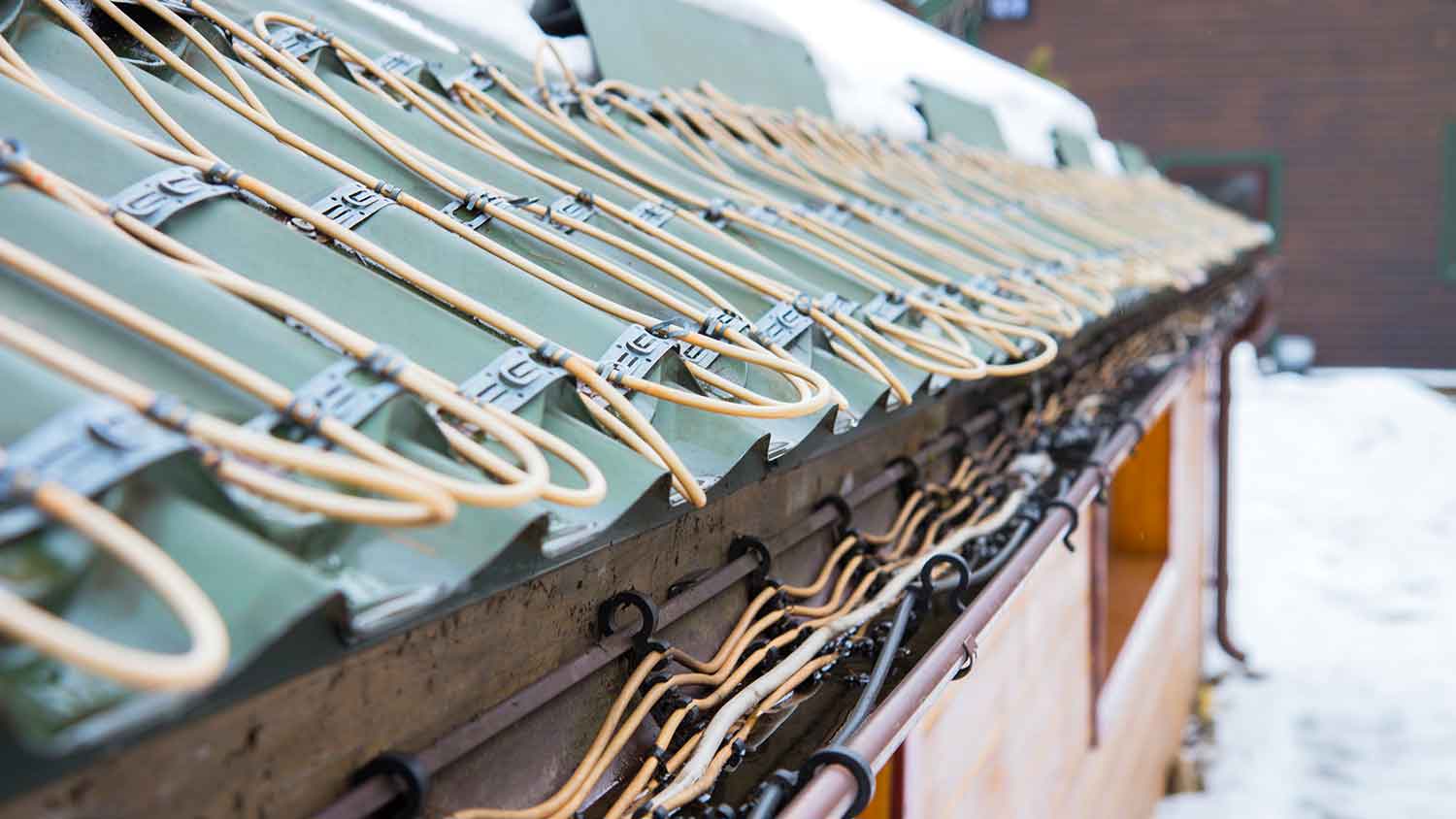 •
•Discover the average roof heating cable installation cost, key price factors, and how to budget for your project. Learn how to save and what to expect.

Ice dams and icicles are common winter problems. Learn the difference between these two ice-related hazards and how to prevent them.

Ice dams can cause serious roof damage. Learn why a metal roof can help you avoid ice dams and the problems they cause.

Ice dams can seriously damage your roof and home. Learn what causes them and how to prevent ice dams from forming this winter.

Say farewell to gutter-clogging ice that ruins roofs and puts a damper on enjoying the cold weather. Learn how to remove ice dams yourself in this guide.
